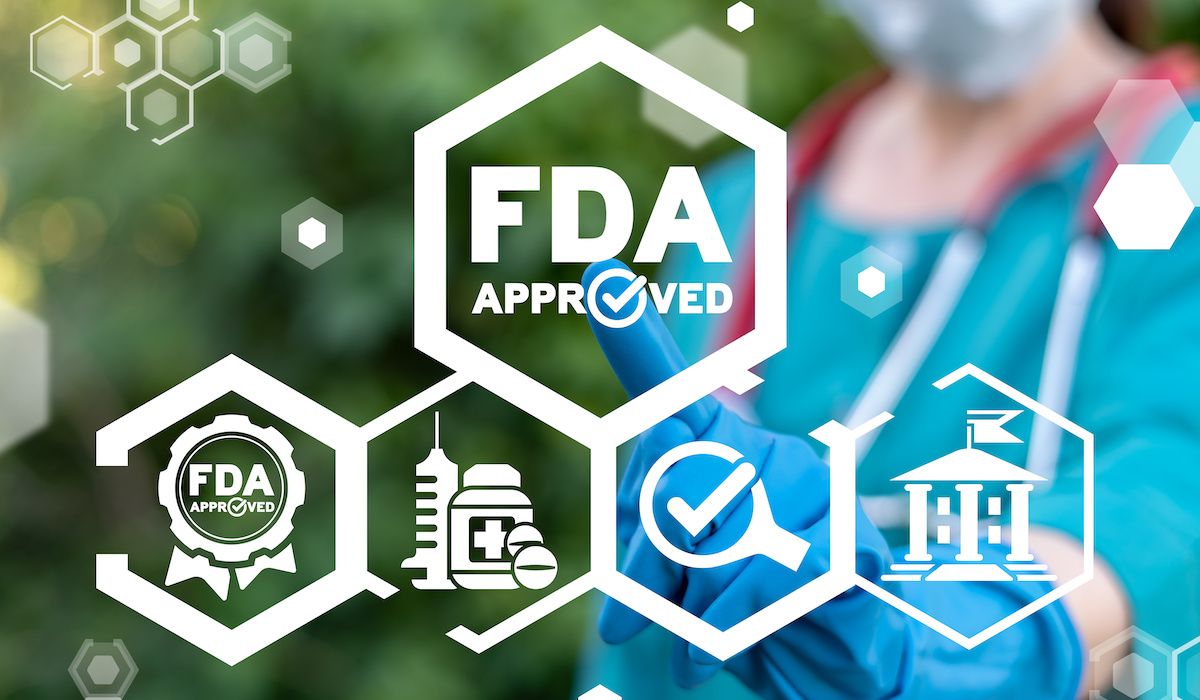Article
How CPAP Masks Impact Adherence, Sleepiness in Long-Term Users
Author(s):
Among patients with long-term usage of continuous positive airway pressure (CPAP) therapy, several mask-related adverse effects were associated with CPAP nonadherence and residual excessive sleepiness.
Among patients with long-term usage of continuous positive airway pressure (CPAP) therapy, several mask-related side effects (MSREs) were associated with CPAP nonadherence and residual excessive sleepiness (RES), according to study findings published last week in Respiratory Research.
Referenced by the study authors as the cornerstone of treatment for patients with sleep apnea syndrome, CPAP therapy has been found to significantly reduce upper airway obstruction and improve daytime sleepiness, sleep quality, and quality of life. However, the researchers highlight that CPAP remains an uncomfortable therapy with adherence that has ranged from 53% to 92% in large recent trials.
“Factors that influence adherence to CPAP include disease and patient characteristics, psychological and social factors, follow-up techniques, governmental policies, technological device factors, and, particularly, MRSEs,” noted the researchers.
Focusing on MRSEs, the researchers said that no real-life study has examined the relationship of MRSEs with CPAP nonadherence (< 4 h/day) or RES (Epworth-Sleepiness-Scale [ESS] score ≥ 11) in the long term. Deriving data from the prospective real-life cross-sectional InterfaceVent CPAP study, 1484 patients with sleep apnea undergoing at least 3 months of CPAP with unrestricted mask access (34 different masks) were included in their analysis. MRSEs were assessed by visual analogue scales, CPAP data via CPAP software, and sleepiness through the ESS.
After examining the study cohort (72.2% male; median age, 67 years), CPAP therapy was shown to last a median (interquartile range [IQR]) 4.4 (IQR, 2.0-9.7) years, and CPAP usage was 6.8 h/d (IQR, 5.5-7.8). The prevalence of CPAP nonadherence was 8.6%. Moreover, patients exhibited an initial average score of 39 (IQR, 31-56) apneas or hypoapneas per hour in the Apnea Hypopnea Index, indicating severe obstructive sleep apnea, and the prevalence of RES was 16.17%.
Among the MSREs assessed, leak-related adverse effects were the most prevalent (75.4%), but the researchers added that patient-reported leaks cannot be predicted by reported CPAP leaks. In utilizing multivariable logistic regression analyses to delineate the impact of patient MRSEs, a significant association was found between CPAP nonadherence and dry mouth (P = .004), and RES across several variables: patient-reported leaks (P = .007), noisy mask (P < .001), dry nose (P < .001), and harness pain (P = .043).
“Patient MRSEs can be independently associated with CPAP nonadherence and RES, thus implying a complementary role for MRSE questionnaires alongside CPAP device reported data for patient monitoring,” concluded the study authors.
Reference
Rotty M-C, Suehs CM, Mallet J-P, et al. Mask side-effects in long-term CPAP-patients impact adherence and sleepiness: the InterfaceVent real-life study. Respir Res. Published online January 15, 2021. doi:10.1186/s12931-021-01618-x





